


Compared to general medical devices, handheld medical devices have a wider range of applications, such as meeting patient requirements, occupying less space, ease of maintenance, and portability. Due to the widespread application of handheld medical devices, which have greatly assisted medical personnel and patients, many handheld medical devices have begun to expand into new fields, resulting in a series of derivative products.
In actual applications within the medical industry, these products have not consistently received positive reviews but have sparked discussions in society and debates in academia. The key issue lies in the design points of handheld medical devices being flawed, which affects their overall use and subsequent development. Below is a brief analysis of the key design points for handheld medical devices. Let’s take a look.

Safety
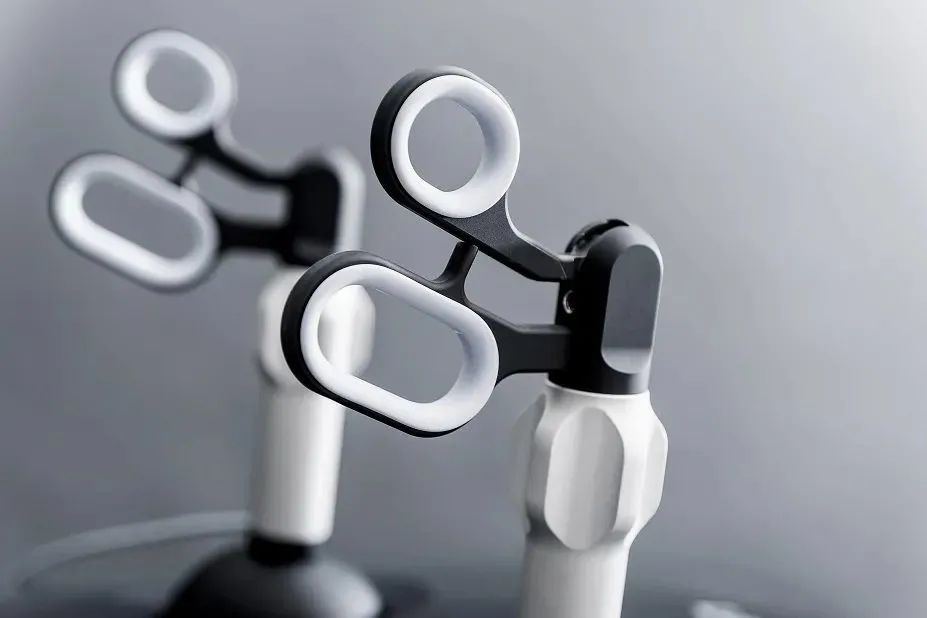
Image Source: Network
The market for handheld medical devices is very broad. To further meet the needs of a large number of patients, the design process of handheld medical devices must meet certain fixed requirements, commonly referred to as design points, while also achieving greater breakthroughs in these design points; otherwise, it is difficult to meet the demands in real-world applications. Long-term exploration has revealed that one of the key design points for handheld medical devices is safety.
First, when a handheld medical device malfunctions, it must ensure the safety of the user and not cause accidental injuries.
Second, if a handheld medical device is damaged during regular use, the damaged area should be prominently displayed to inform patients that there is an issue, preventing further use.
Third, since the parts of handheld medical devices that are frequently contacted are the user’s hands, it is essential to enhance protective measures for the hands to avoid wear and tear or cuts.
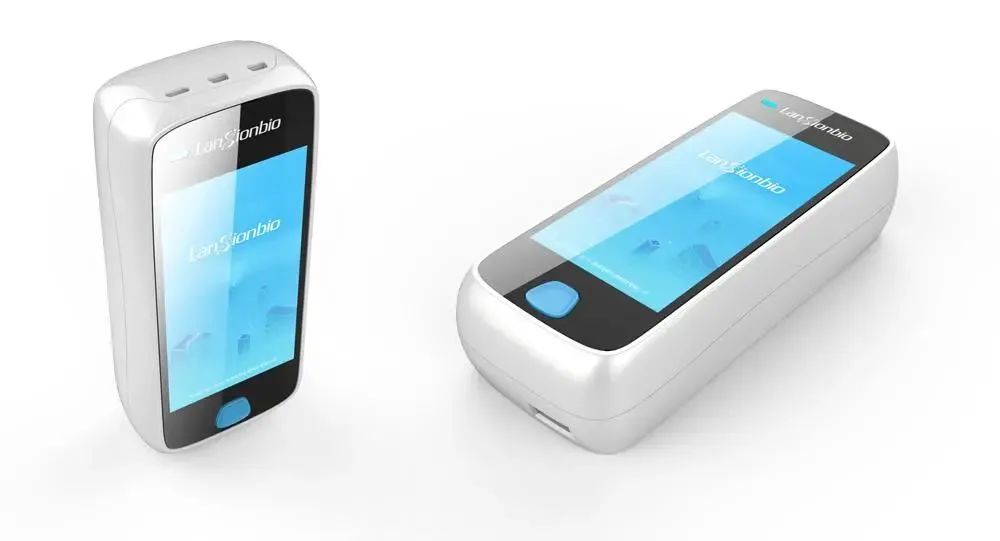
Image Source: Network

Complexity
Modern medical devices integrate research results from multiple disciplines, leading to complex functionality and diverse modules. Additionally, the users of medical devices are also complex; not all users of handheld medical devices are professional medical staff. The environment surrounding handheld medical device users is not limited to medical personnel. For instance, in a home environment, users are often non-medical professionals, and may even be patients themselves. They may lack basic medical knowledge and operational skills for medical devices.
The complexity inherent in handheld medical devices is a core aspect that not only determines the performance of other features but also significantly impacts the practical application of this type of medical device. This study suggests that the complexity of handheld medical devices is not easy to grasp. In future work, on one hand, we need to reduce complex features and enhance other characteristics to help handheld medical devices acquire more functionalities; on the other hand, we must manage the impact of complexity to avoid adversely affecting the design and development of handheld medical devices.
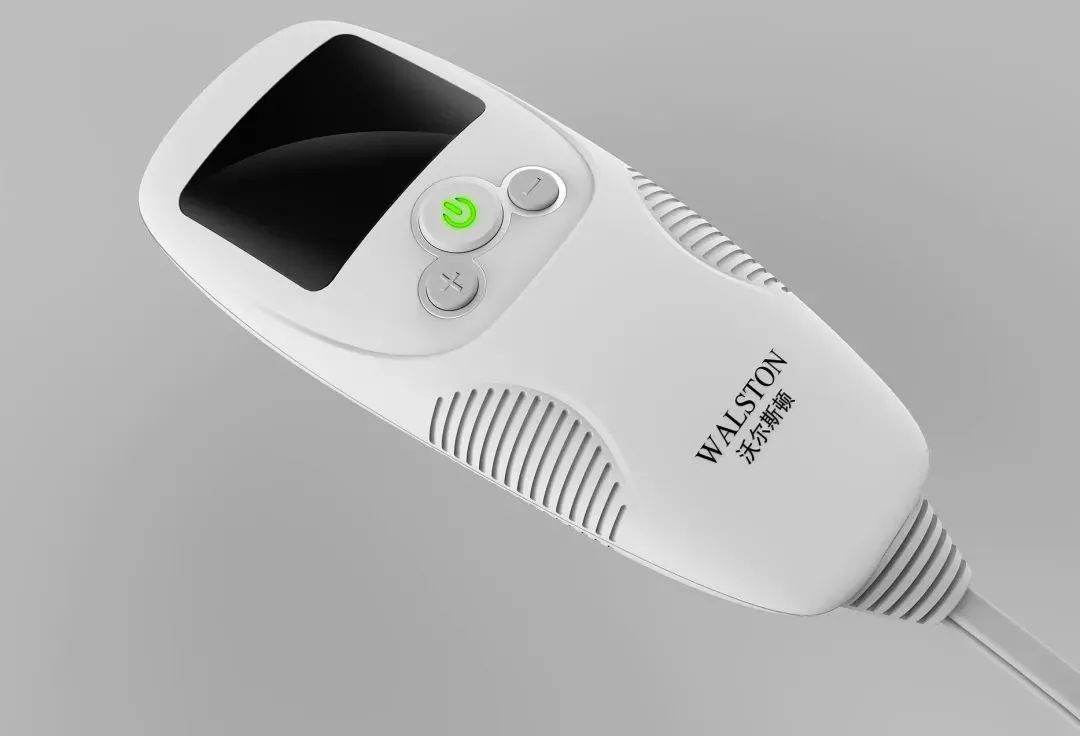
Image Source: Network
Besides handheld medical devices, how should the design thinking in other medical device designs be considered and cultivated to link user insights and product innovation? What design considerations are necessary in the development of high-end instrument equipment? What are the design development ideas and key points for disposable endoscopes? Medtec China 2022: Innovation Technology Forum and Regulatory Summit 2022 Technical Forum F: The Sixth Medical Device Design Forum. Click the 👇 QR code for immediate pre-registration and get a free chance to attend!
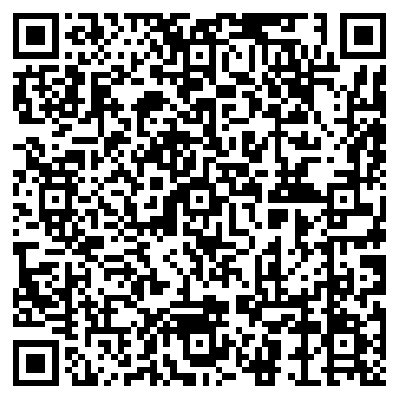
Medtec
Pre-registration for Great Gifts
Scan the QR code on the left to complete your pre-registration immediately and enjoy a variety of gifts!

Shape Design
One key point that distinguishes handheld medical devices from other medical devices is that they occupy very little space and are primarily operated by hand. In the operation of smaller medical devices, the details often determine the final outcome. Therefore, the shape design of handheld medical devices is very important.
First, the shape of handheld medical devices must be compact, allowing operators to quickly discern the function of the device. The overall design should stand out, enabling quick identification among numerous medical devices.
Second, the colors of handheld medical devices must be distinct, as different colors convey different meanings, and practical application situations must also be considered. If the lighting is dim, the design of handheld medical devices should use bright colors for emphasis; if the lighting is bright, softer colors should be applied. Most importantly, when dealing with color-blind individuals, the meanings expressed by colors may differ significantly; thus, multiple situations must be considered in color selection.
Third, the shape design of handheld medical devices must also facilitate practical operation. Since these medical products are primarily used in delicate surgeries and applications for patients with disabilities, operational performance must meet a high standard while also possessing features such as contamination resistance and corrosion resistance to ensure safety for patients and medical personnel.
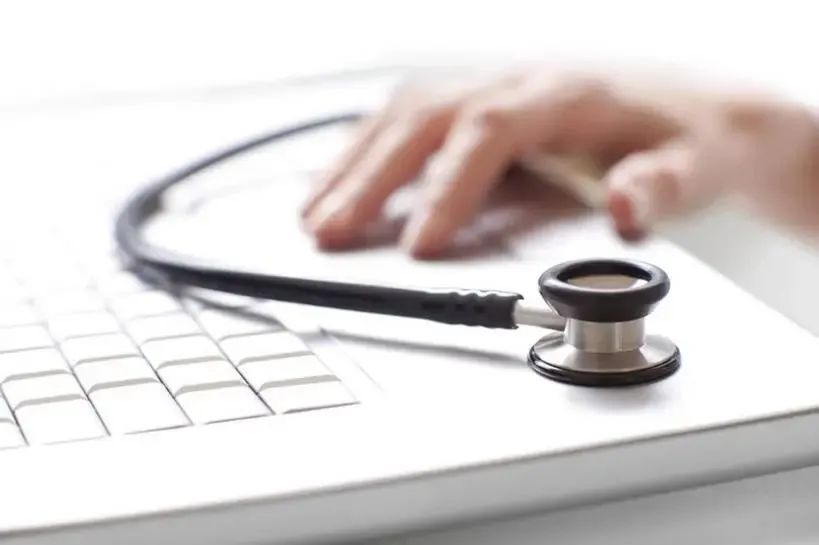
Image Source: Network

Tactile Design
The tactile design of handheld medical devices is also a very important aspect. The tactile design primarily aims to allow operators to clearly feel their operation of the medical device, while also ensuring that the tactile feedback is significant enough to avoid excessive or insufficient force that could cause unnecessary impacts.
Tactile design has always been a crucial aspect of handheld medical device design, often regarded as a bottleneck for breakthroughs. For instance, membrane buttons have become a primary type of lightweight tactile controller. The functions on the membrane buttons of pulse oximeters not only include power supply on/off control but also other switching functions, along with step control features. For example, in the case of pulse oximeters, the design of membrane buttons should meet the operational protocols for single-handed use, ensuring that control buttons can be operated with a single finger and that button arrangements minimize the risk of accidental activation. From the above statements, it is clear that tactile design will directly influence the daily use, repair, and optimization of handheld medical devices, significantly impacting users.
In future work, tactile design must be more user-friendly, enhancing sensitivity while also incorporating features to prevent erroneous operations. Even in the event of incorrect operations, tactile design should allow for immediate intervention to prevent potential issues.
Conclusion: This study analyzes the design points of handheld medical devices. To a great extent, existing handheld medical devices have met the needs of medical personnel and patients. However, due to the increasing number of patients and the emergence of special cases, some handheld medical devices exhibit performance deficiencies, necessitating further design improvements.

Summary
As is well known, the application field of medical devices is very broad, having significant positive implications for medical personnel, disabled patients, and research in the medical field. They can objectively change the status quo of medical work and the lifestyles of patients, elevating them to a new level. Of course, there are many design points for handheld medical devices, and during the design process, it is essential not only to comply with the various specifications of design points but also to enhance the value of handheld medical devices, providing greater assistance to medical personnel and patients.
Article and images sourced from: Zhichuang Industrial Design
If any infringement occurs, please contact for removal
-end-

——“Medtec ChinaOfficial Video Account is now live”——
Many exhibitors such as Trumpf, Dimo, Longhai Chemical, Mofang Precision, Yongxing, Shanghai Hanjie, Best, Kede Bao, Shanghai Qishi Medical Technology, Hankang Medical have published material. Click to follow for more exhibitor & product information on design details and manufacturing challenges~

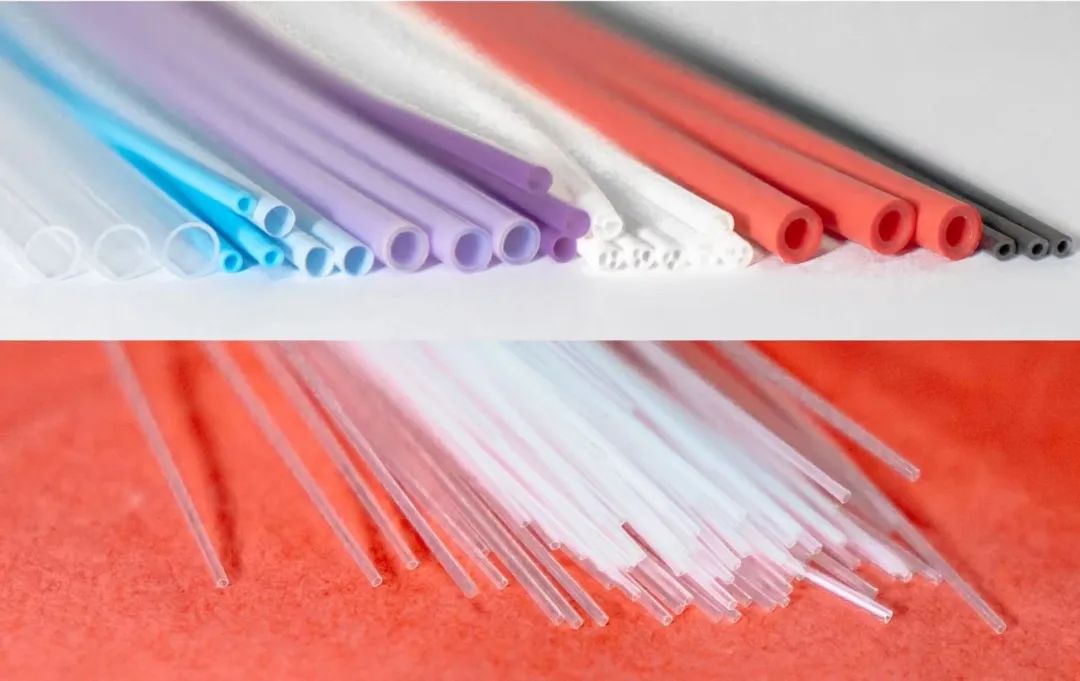
Exclusive | How Extruded Profiles Improve Equipment Design and Patient Experience? (Part 1)
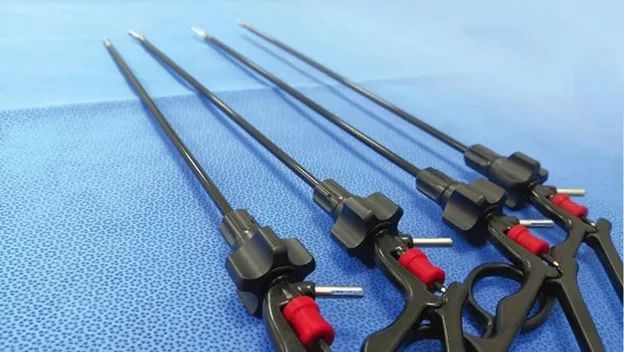
Exclusive | Advances in Design of Minimally Invasive Surgical Instruments
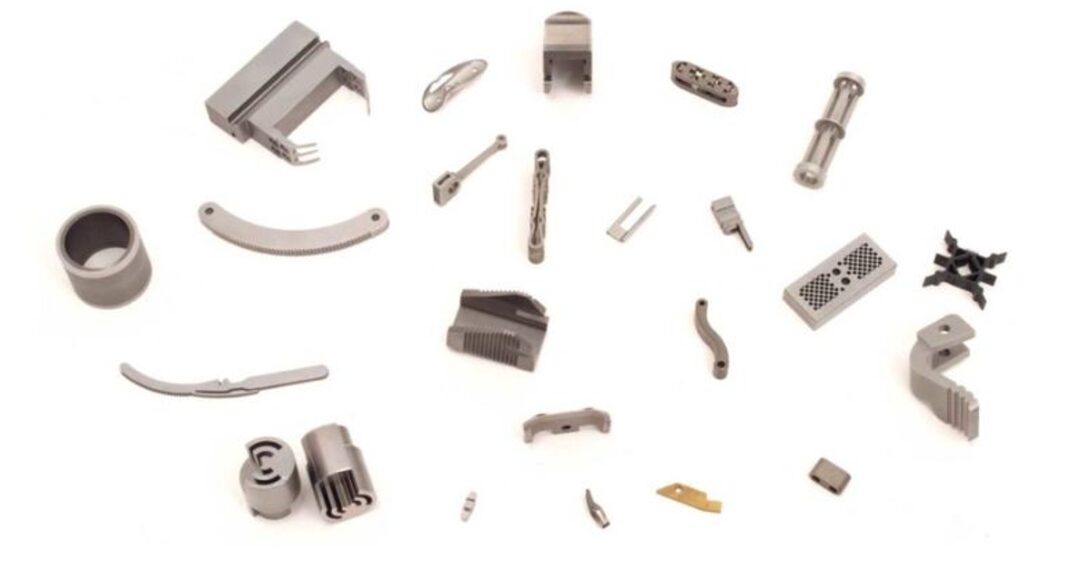
Exclusive | Cost-Effective Electrical Discharge Machining Technology

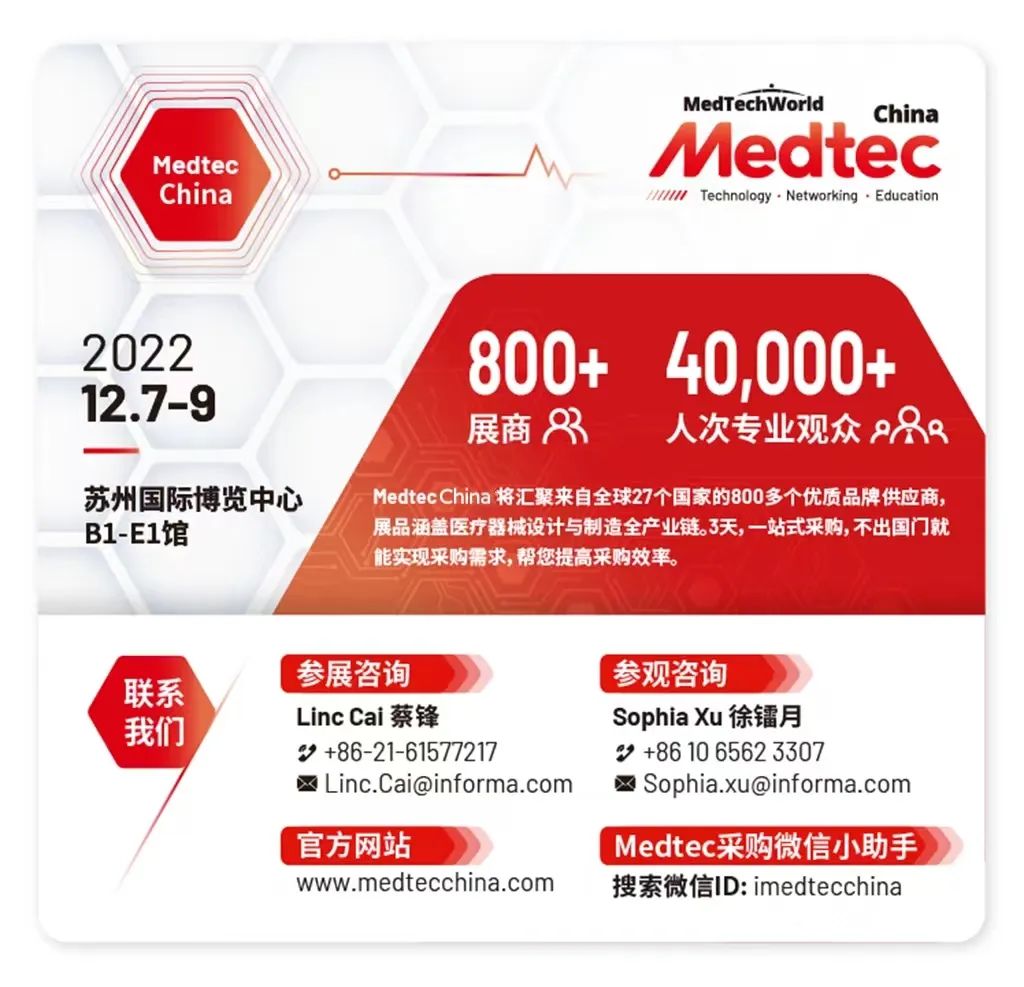
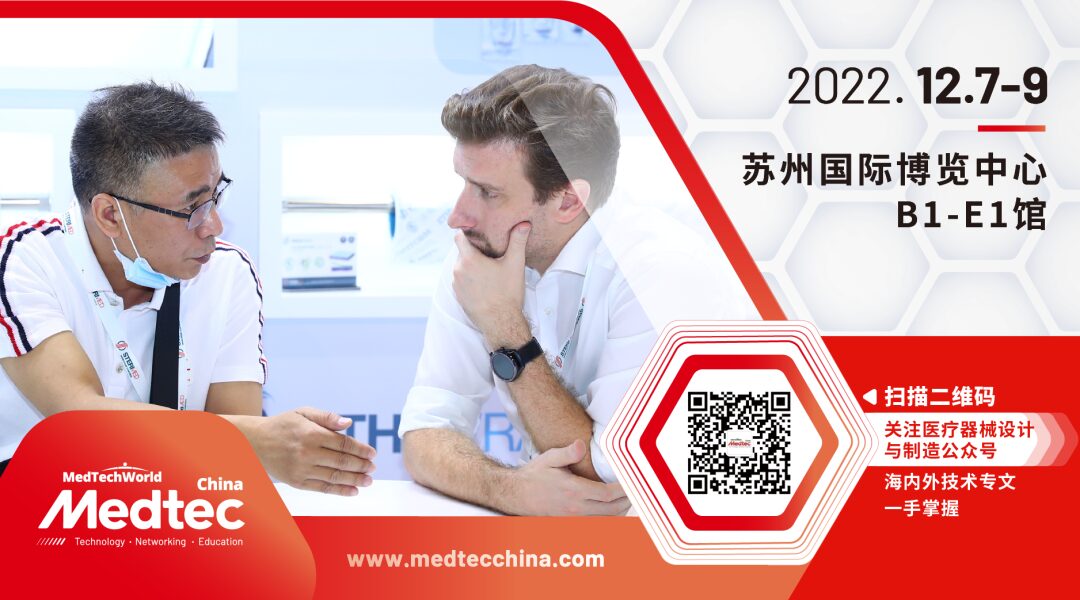

Click “Read the Original” for pre-registration to visit
Meet Medtec China 2022 with 800+ exhibitors
